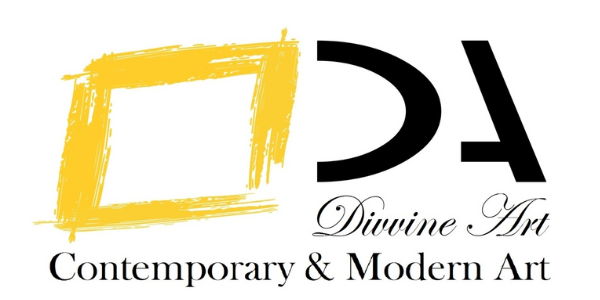Manu Parekh
Born in 1939 in Gujarat, Manu Parekh completed a Diploma in Drawing and Painting from the Sir J.J. School of Art, Mumbai, in 1962. Parekh’s early work explored the relationships between man and nature, as according to him, this was an energetic link that had to be celebrated. The artist also points out that, since then, contradictions have formed the basis of his artistic practice, no matter the subject or genre of his works.
Banaras as a city came to play an integral role in Parekh’s work after his first visit there following his father’s death. This holy city of hope, of faith, of tourists offered him a vast number of contradictions in one location. Parekh also highlights his relationship with his wife Madhvi, who is a self taught artist, and his admiration for Picasso as key influences on his works.
Parekh held his first solo exhibition of graphics and paintings in Ahmedabad in 1968, and has not looked back since. He has had several group exhibitions and the Modern Painting exhibition at the National Gallery of Modern Art in 1982, Hirschhom Muse exhibition at the Smithsonian Institution, Washington DC the same year and the travelling exhibition, Seven Artists are some of the notable ones. Apart from the solo shows at Bose Pacia Modern in New York and at ARKS Gallery in London, Small Drawings at Sophia Duchesne Art Gallery, Mumbai in 1991, Ritual Oblations at Rabindra Bhavan, New Delhi in 1999, Portraits of Flower and Landscapes of River at Jehangir Art Gallery and Tao Art Gallery, Mumbai, in 2003, Banaras at Vadehra Art Gallery, in 2004 and Banaras – Eternity Watches Time at Jehangir Art Gallery, Mumbai, in 2007 were the notable among his solo exhibitions. He has participated in two Triennales in India in 1975 and 1978 and HelpAge India has utilised his works for mobilising funds by presenting them at auctions at Sotheby’s, Bombay in 1989 and Andasprey (U.K.) in 1991.
Parekh was awarded the President of India’s Silver Plaque and the All India Fine Arts and Crafts Society Award, New Delhi, in 1972; the National Award from the Lalit Kala Akademi, New Delhi, in 1982; and the Padma Shree from the Government of India in 1992.
